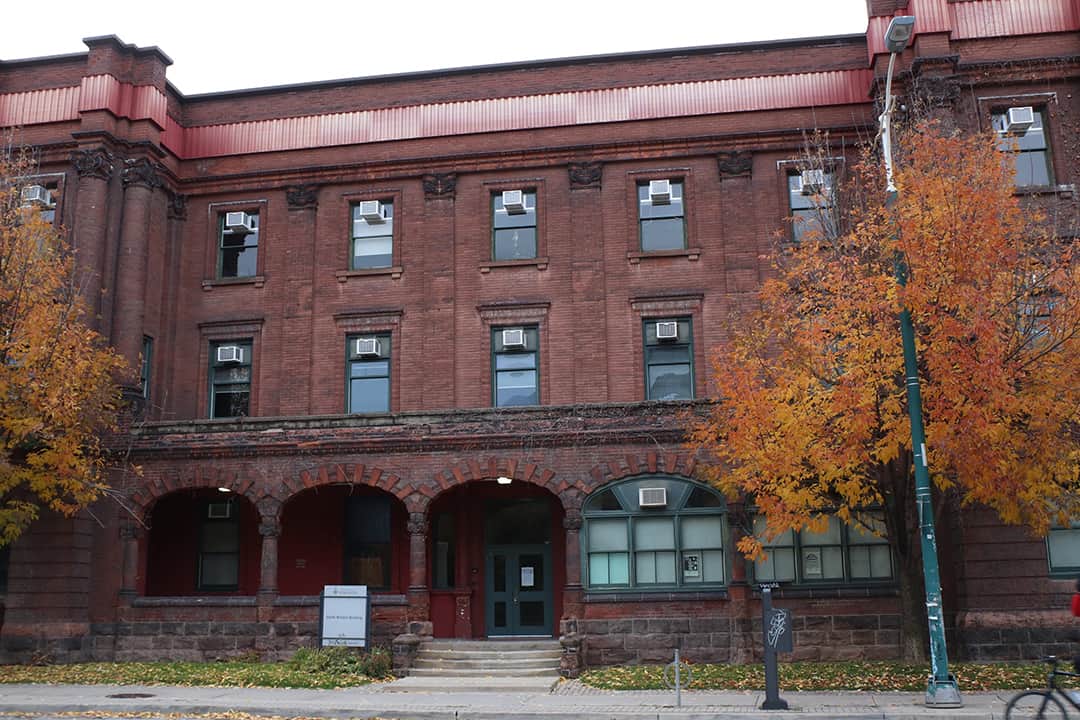“We wish to acknowledge this land on which the University of Toronto operates. For thousands of years it has been the traditional land of the Huron-Wendat, the Seneca, and most recently, the Mississaugas of the Credit River. Today, this meeting place is still the home to many
Indigenous people from across Turtle Island and we are grateful to have the opportunity to work on this land.”
University of Toronto Land Acknowledgement Protocol
In recent years, U of T’s Truth and Reconciliation Commission Steering Committee (TRCSC), its Indigenous Initiatives Annual Progress Report, and the Office of Indigenous Initiatives have pointed to important campus developments in the pursuit of reconciliation.
The university has been successful in pursuing its published Calls to Action for reconciliation to some extent through naming buildings and, most interestingly, allowing the Indigenous practice of smudging for spiritual respect.
By now, all of us are most likely familiar with the land acknowledgement protocol, with the purpose of honouring and respecting the traditional grounds belonging to the Huron-Wendat, the Seneca, and the Mississaugas of the Credit River.
However, how much are students truly aware of U of T’s initiatives, the broader historical context, and the significance of practices like the land acknowledgement? There is still much work to do with regard to increasing awareness, publicization, and normalization of Indigenous history and presence today.
The two major groups that make up the student body are Canadian and international students — the former might be equipped with prior basic knowledge on Indigenous history and the latter likely needs an introduction to Canadian history. In order to facilitate more in-depth engagement with Indigenous history in Canada amongst all groups of students, the land acknowledgement should be more widely promoted.
The first step to normalize the practice of acknowledging the land would be to integrate Indigenous history into as many courses as possible. This seems far-fetched since not all courses are applicable to Canadian history.
But faculty and professors could begin classes with the acknowledgement and also incorporate it into their syllabi — as often as the Academic Code is fortified. They could provide an overview of Indigenous history among other resources on class pages, right alongside course outlines and academic guides.
This would encourage and enlighten many students to educate themselves further, embedding Indigenous history into the U of T community as a natural academic and moral reflex, as we do with academic and co-curricular matters.
Although there are leaps and bounds to overcome to make amends with the Indigenous communities in Canada, the starting point should be a simple, necessary, and naturalized approach to spreading awareness — starting from the classroom — to encourage acknowledgement beyond that setting, too.
Anira Mohsen is a third-year economics and political science student at UTM.


